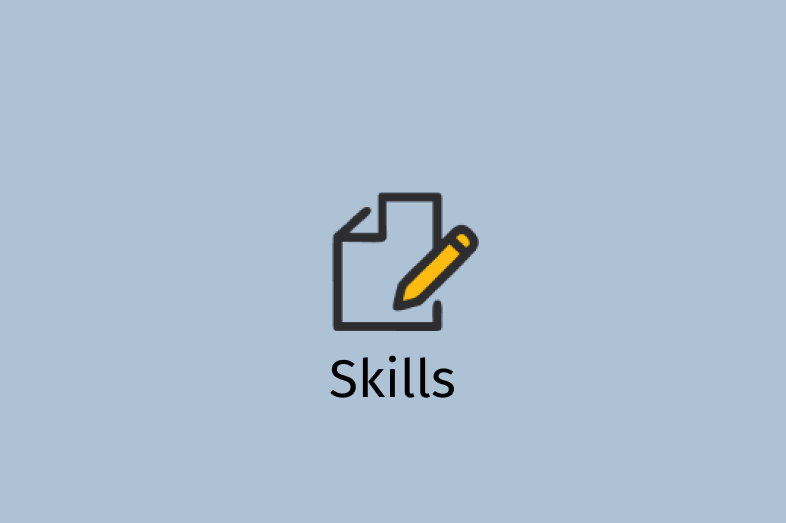

“I use a lot of internet.” That’s how Genesis Barthelemy, a middle schooler at the Brooklyn Laboratory Charter School in New York, introduced herself to a room of tech-curious reporters at the Education Writers Association’s annual conference.
She was one of four students from tech-minded schools on the East Coast to participate in a morning-long “deep dive” exploration into digital learning in June.
The charter school Barthelemy attends is one of a growing number of U.S. schools finding ways to make digital technology intrinsic to student learning. In a series of three panels (and one virtual reality demonstration), experts, students, school leaders and reporters dug into how to cover the evolving world of education technology and tech-driven education.
As more schools adopt technology, struggle and adapt, it raises the question: How well can technology know a student? And can it replace a teacher?
To be sure, schools like Brooklyn Lab, or the Science Leadership Academy magnet high school in Philadelphia, emphasize that teachers play a crucial role in student learning. New technologies and personalization are combined with a student-centric approach and teacher guidance.
“We’re not talking about personalization as teacher-less learning,” said Erin Mote, the founder of Brooklyn Lab. “There’s no piece of technology that’s ever going to replace a great teacher. But it can open up space for teachers to get to the next level of questioning.”
Mote and Marcie Hull, the technology coordinator at the Science Leadership Academy, said they focus on finding ways to engage students and let them find their own ways through material, and to do so at their own pace.
The goal is to “make the technology disappear,” said Hull, and instead have it be a vehicle for learning. That requires placing trust in students, so they can figure out their own way of learning. Students at Science Leadership Academy said the trust allows them to go deeper and explore their passions.
But the approach can be unsettling for teachers, who may already be off-kilter from the introduction of new technology. Teachers’ lack of comfort and insufficient support for them are often barriers to successful tech adoption, Hull said.
In another panel discussion, Tom Vander Ark, the CEO of Getting Smart, a learning-design firm, told reporters to look for networks of schools, which he thinks can help with the successful implementation of tech-driven education
“Get teachers into environments where they can be more successful,” said Vander Ark, who also is a partner at Learn Capital, a venture capital firm focused on education.
The panelists also encouraged reporters to look for independent research in gauging the impact of education technology.
Benjamin Riley, the founder of Deans for Impact, a coalition of educator preparation programs, said the “gold standard” is randomized control trials (in which participants are randomly assigned to either a control or a treatment group). Reporters should dig deep when investigating whether tech-driven learning frameworks are working, Riley argued.
“If we’re going to make strong claims that learning is really changing, we need strong research,” he said.
Lisa Guernsey, the deputy director of New America’s education policy program, encouraged reporters to ask for a variety of metrics. “Policies want to drive to one measure or one number. We need nuance,” she said.
Meanwhile, Vander Ark also addressed the rapidly growing sector of online schools in the U.S. (In fact, he founded one of the earliest virtual schools in 1995.) This sector has drawn scrutiny amid criticisms of questionable financial and academic practices in several states.
“Most online schools do an inadequate job for most students at cultivating and maintaining relationships between students and teachers,” Vander Ark said.
During the panel, the experts offered a variety of tips and story ideas for covering education technology and digital learning efforts:
Beyond classrooms. Lisa Guernsey said much of the learning innovation is happening in school and public libraries. “They can be the mentor for teachers and parents and students,” she said. “Match students to the tool that will be useful.”
Get underground. Schools need sufficient bandwidth to make sure their technological products operate effectively and efficiently. Under the Obama administration, the Federal Communications Commission gave schools five-year grants to build fiber optic networks out to schools under particular criteria. With turnover at the FCC and potential changes in federal guidelines, schools are in limbo, waiting to see if they can continue construction. The EducationSuperHighway released a national report on the state of connectivity and state commitments in January; it can help direct reporters to interesting schools to profile and state leaders.
At the deep dive, Evan Marwell, the nonprofit organization’s founder, demonstrated ways to use EducationSuperhighway’s datasets to evaluate connectivity for local schools. As a result of access disparities among rural, urban and suburban districts, there is a wide range of internet speeds and pricing. Some schools are vastly overpaying because they don’t know that negotiating for better deals is even an option, Marwell said.
Find data innovators. Journalists Nichole Dobo of The Hechinger Report and Benjamin Herold of Education Week, who also spoke at the event, urged reporters to to push back on educators who focus exclusively on the “newness” of a product or instructional approach. The panelists suggested looking for app developers, schools and others who open themselves to outside researchers, such as DreamBox Learning, an online software program for math instruction.
“Don’t be blinded by the razzle-dazzle,” Dobo said. (And Herold offers a list of digital learning story ideas, inspired by National Seminar, here.)
Who gets a chance to be creators? Guernsey recommends looking at whether students who aren’t top performers get a chance to make use of innovative technologies or invent. “Are the kids who are not honors track getting more rote experiences?” she asked.


